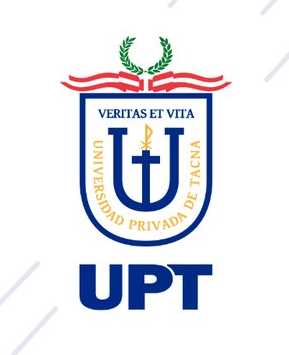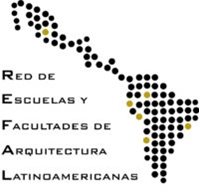Uskallacta: Model of thermal comfort in the prehispanic architecture of the Colca Valley
Keywords:
Collagua Architecture, Colonial Architecture, Inca Architecture, Prehispanic Architecture, Thermal Comfort, UskallactaAbstract
The objectives of this research were: 1.- To prove that prehispanic building materials and techniques, used in current constructions in the Colca Valley, would generate thermally efficient housing, compared to homes built with materials such as brick, cement, calamine, and current construction techniques; that associated with extreme cold are uninhabitable ant that threaten the health of the residents. 2.- Recover the urban imagen of traditional people. To meet these objectives, we analyzed the materials and construction techniques of 2 archeological sites: Uskallacta, located 3km from Chivay, at coordinates 71°36’54’’ west longitude and 15°40’01’’ south latitude. Malata, located 1 km from Tuti at 15°34’31’’ south latitude and 71°34’48’’ west longitude.
We also conducted a study of the houses in the towns of Chivay, Tuti, and Cabanaconde. All this information allows us to generate simulations, to test the thermal efficiency, arriving at the conclusion that the prehispanic materials and construction techniques are more thermally efficient and would allow to recover the urban image of the traditional villages of the Valley.









